Risk management is essential to any business operating in complex and uncertain environments, particularly those that entail multiple stakeholders or complex relationships. Risk management entails identifying, assessing and mitigating threats that could undermine goals, performance or reputation – something which can often prove daunting without an organized and systematic approach.
With an estimate of $25 billion, the Asia Pacific Consulting (APAC) region market accounts for more than 15% of the global consulting industry in recent years.
A consulting framework will assist with improving both results and process when it comes to risk management – breaking problems down into manageable chunks for systematic analysis as well as effectively communicating findings and suggestions – this article explains how you can utilize such a framework in risk management.
Consulting risk analysis – definition
Consultants must consider possible underlying risks which may threaten success of their task at hand if not dealt with appropriately. Using a risk analysis framework allows businesses to identify potential threats early – all aspects which go hand-in-hand with risk management planning.
Project scope
To get your project underway, the first step should be defining its scope. Make a list of objectives, limits, assumptions that will be used in your analysis – for instance focusing on one business unit, product or market may help with narrowing focus while aligning expectations among stakeholders. By outlining this definition of your scope, you can narrow focus while eliminating redundant or irrelevant information while meeting stakeholder expectations more closely.
Risk management is an indispensable skill for consultants seeking to deliver successful projects and acquire business. Unknown events or conditions can have an adverse impact on a project’s scope, cost or schedule. Failing to evaluate and minimize these risks could result in unhappy clients, revenue loss, reputation damage and even litigation.
Risks vs opportunities
Risk is frequently perceived as an impediment to success when undertaking any project, yet it’s essential to also consider potential positive risks that might impact and open up new opportunities for the team. Negative risks must be reduced in likelihood or impact while positive ones should be maximized upon by all members of the team.
1. Identify risks
First step to managing any project successfully is identifying potential risks that might hinder it. To do this, look back over past projects, industry reports or client feedback; you may also wish to conduct stakeholder interviews or brainstorm sessions.
Risks can be classified in several categories including:
- scope (related to clarity and feasibility of objectives),
- quality risks (relating to client standards and expectations)
- cost risks (which involve allocating and controlling budget and resources)
- time risks (which pertain to planning, scheduling and execution)
- legal risks (relating to compliance issues, contractual terms or ethical considerations)
2. Assess or accept risk
You must assess each risk’s impact and likelihood on your project. Project risk impacts are measured by any negative consequences it could bring about. Probability refers to its frequency. You can use quantitative or qualitative methods such as rating scales or simulations to measure and assess these factors for each risk and prioritize those with the greatest impact and likelihood.
Under certain conditions, certain risks can be desirable and acceptable. When making this determination, consider how it might impact the consulting goals when deciding if a risk is acceptable or not.
Teamwork and collaboration are essential. While opinions may differ on whether to accept risks, everyone must understand its implications before agreeing to accept one. When considering risk acceptance strategies, cost impacts must also be carefully considered: what might the ramifications be on project budgets, should monitoring be carried out regularly so there are no unpleasant surprises?
3. Mitigate risk exposure
It is necessary to mitigate your project’s exposure by assessing both its likelihood and impact.
If risks cannot be completely avoided, effective controls will help mitigate their impact. Controlling risk can be seen as damage limitation. You are actively working to lessen any negative outcomes.
Calculated risk taking can yield positive results when done by risk managers with all the data and insight necessary for informed decisions. Not every risk is negative – accepting and controlling appropriate risks may pay dividends when it comes to finishing projects on time, under budget, and aligned with business strategy.
4. Transfer risk
In project management, transference is a common technique for risk mitigation. It reduces the impact of threats through the transfer of control to a third-party. This method does not eliminate the risk or alter it, but simply transfers financial responsibility.
Insurance is the most common way to transfer risks. Performance bonds, fixed price contracts or warranties are also common techniques for transferring risk in project management.
5. Monitor risk
The process of project risk management is constantly evolving. Many factors can affect the size, scope, or status of the risks that you might encounter throughout the project lifecycle.
Risks can evolve over time and can be replaced by new ones. Keep track of the risks and their potential interactions. Monitor and re-evaluate all risks, especially those that may affect the cost, schedule and success of a project. Adjust your actions accordingly.
Communicate your risk management plan
Communicating your plan to clients and other stakeholders is essential when creating consulting proposals. Document should contain a risk list with identified risks, their respective impacts and probability ratings, prioritization rankings and mitigation strategies.
Other factors include indicators, tools, and methods for monitoring project performance and potential risks that arise during its duration. These steps will demonstrate your professionalism to clients while increasing the chances of winning projects and completing them successfully.




























